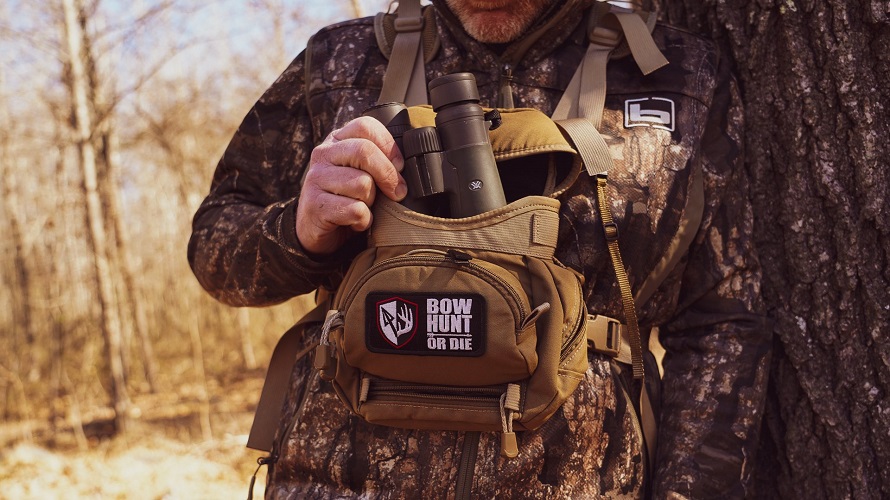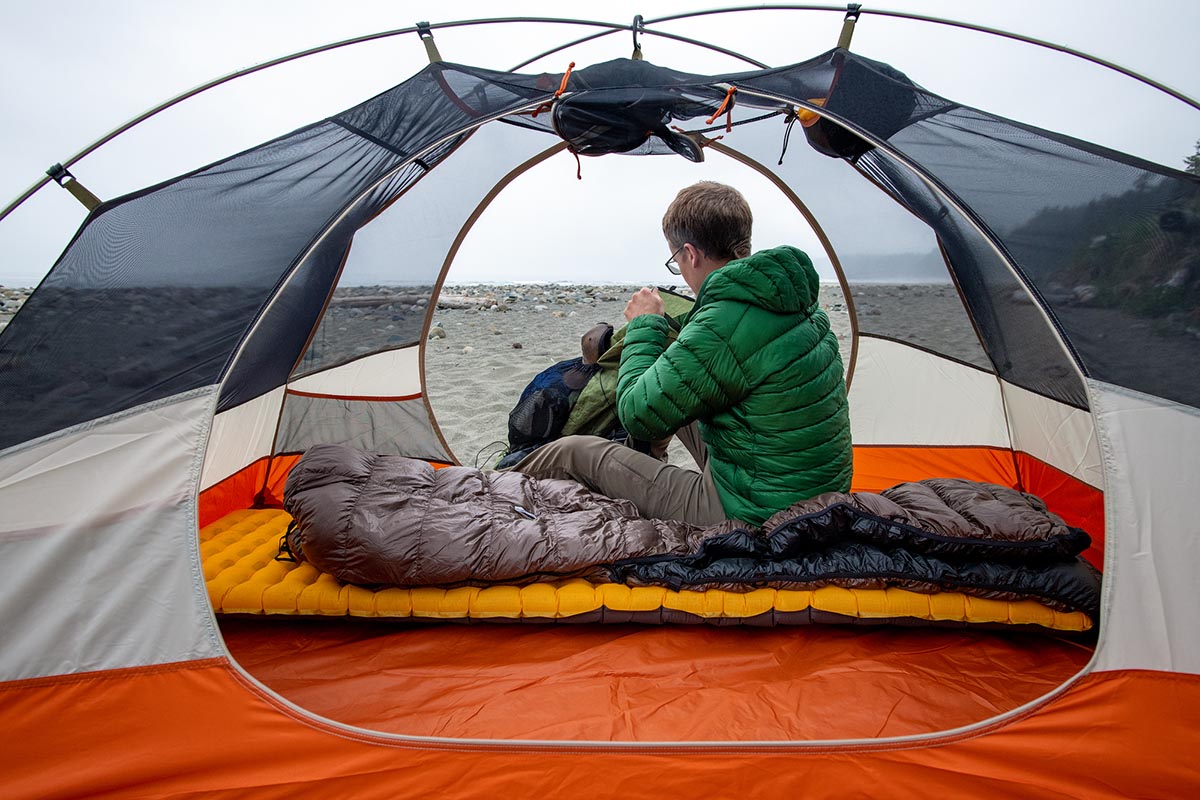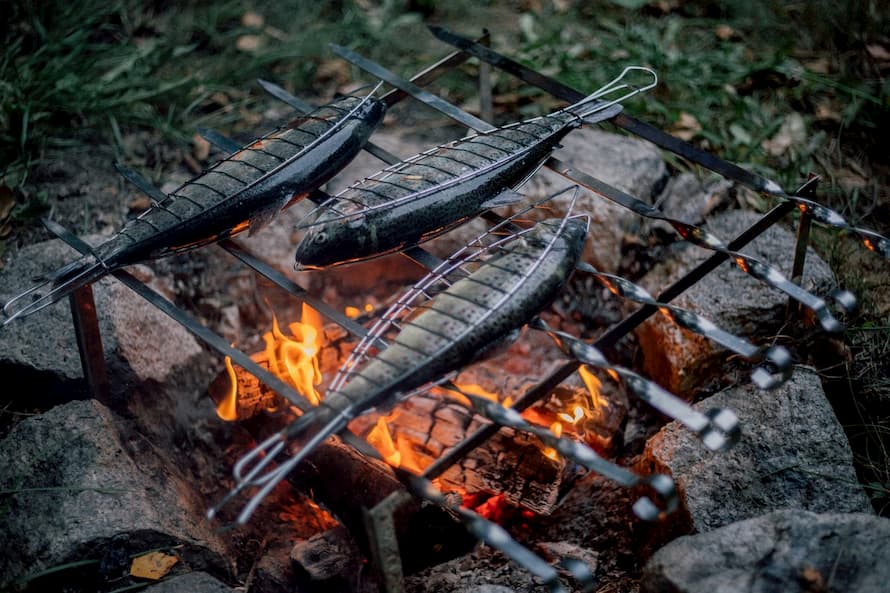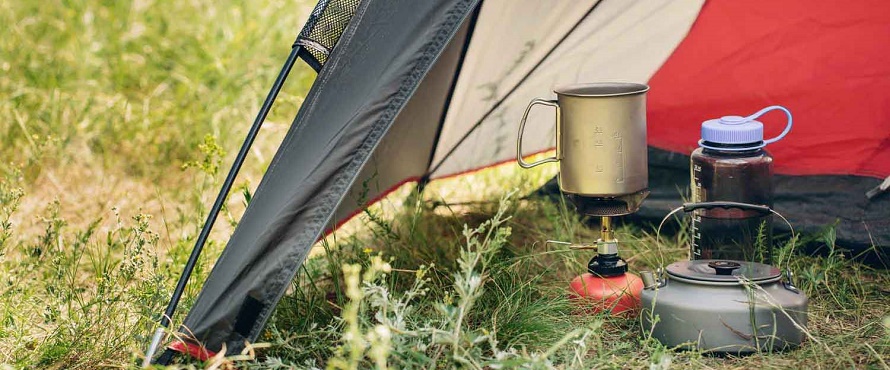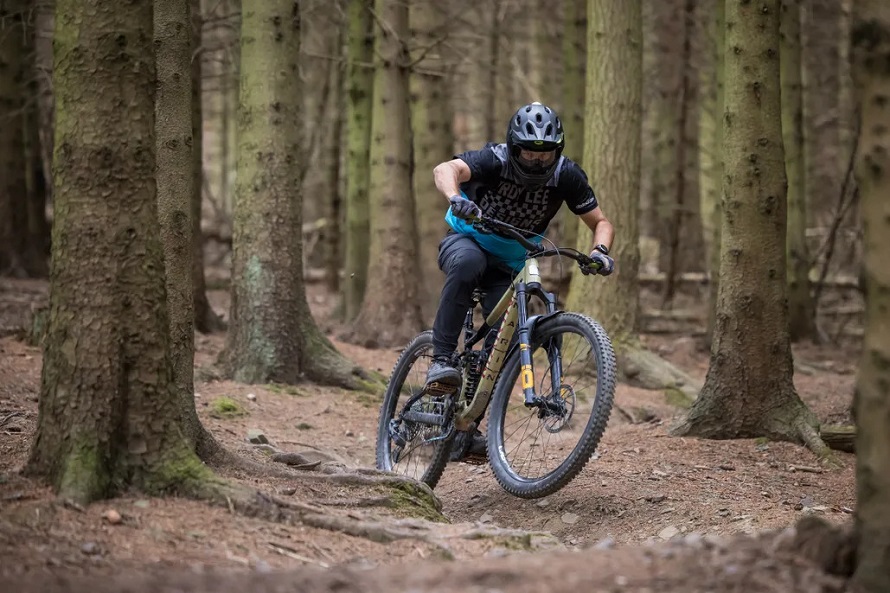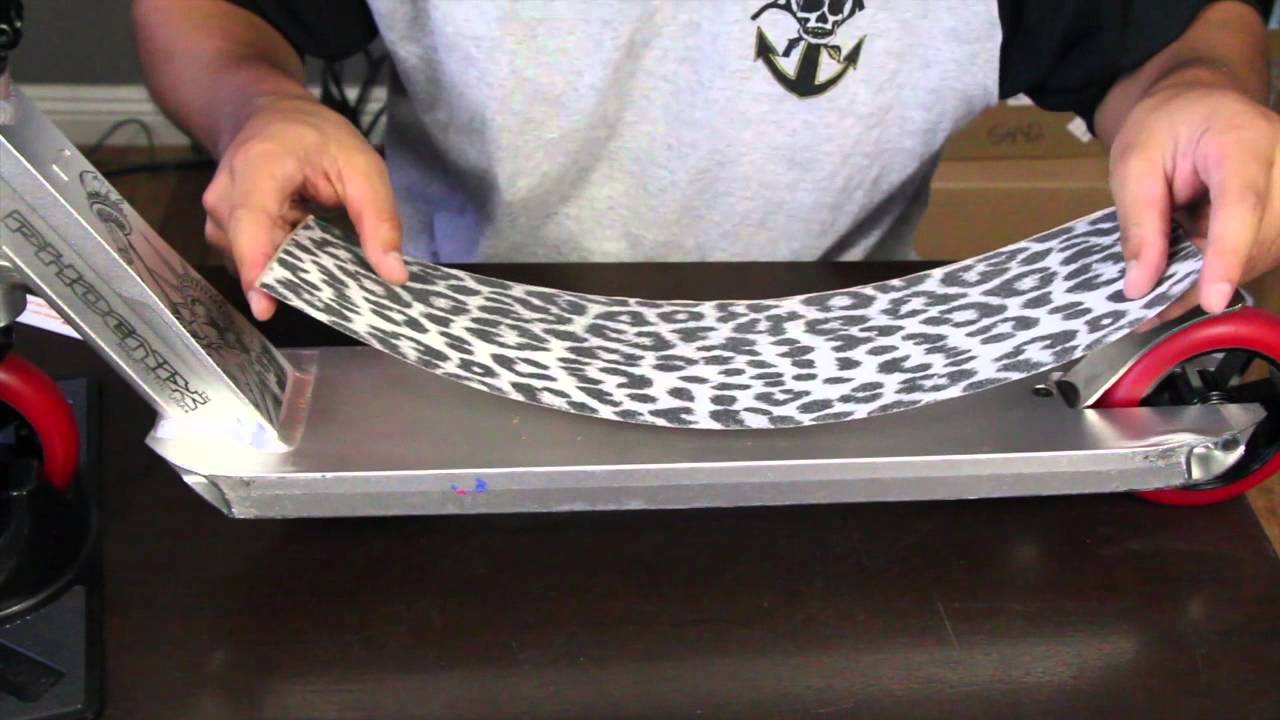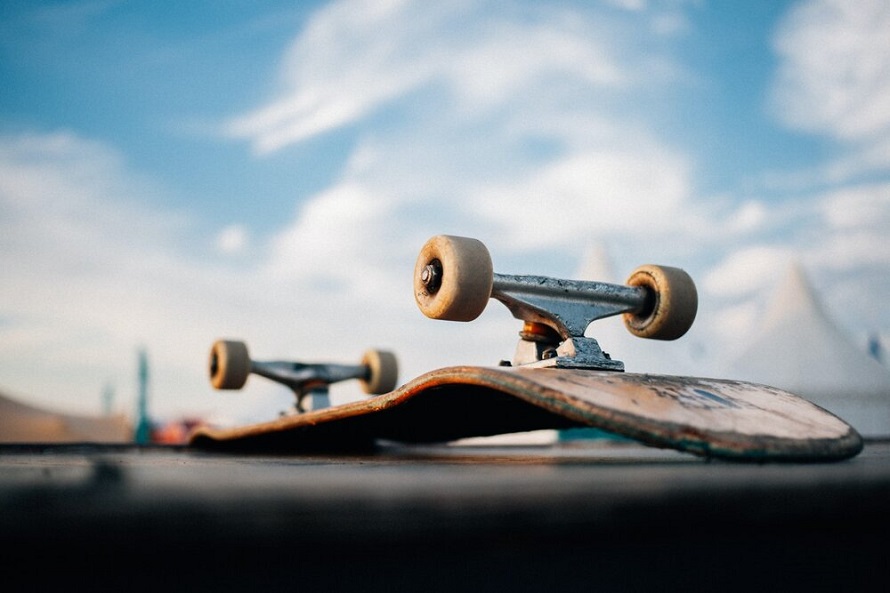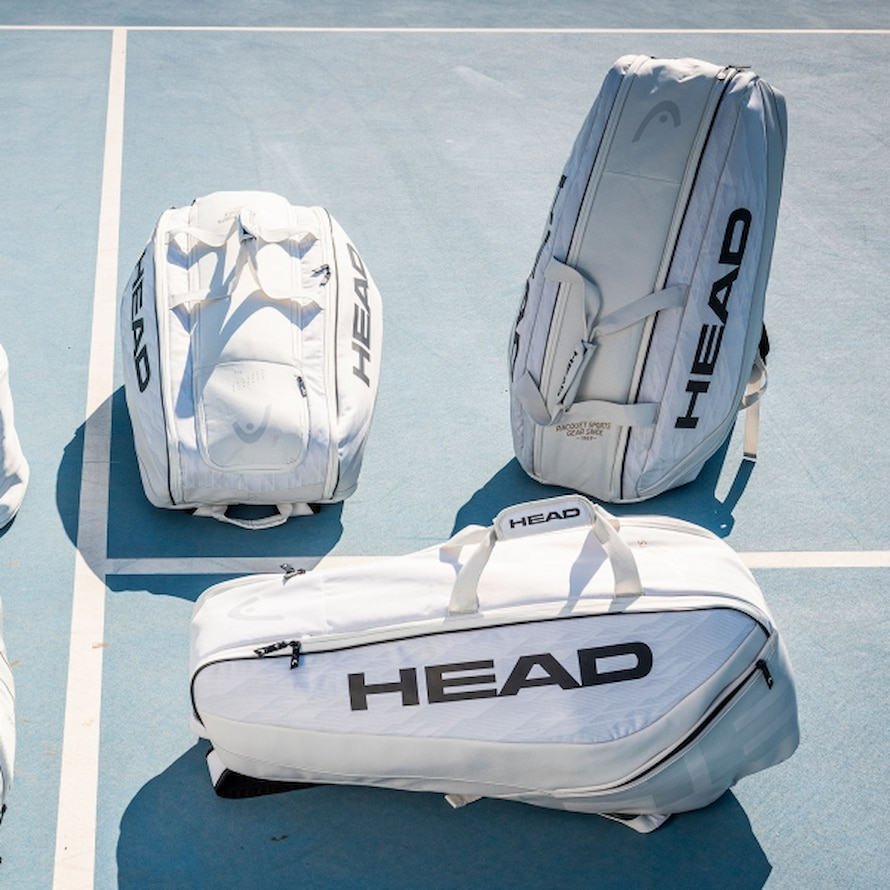Sports
Types and Benefits of Binocular Harnesses
Binoculars aren’t just for bird or whale watching, stargazing and hunting. Outdoor adventures are all about enjoying the beauty of nature and all the physical and mental benefits that come with spending time in it. This is why you need to bring a pair of binoculars every time you go backpacking. Of course, carrying them around when you are travelling on foot can be a hassle, and it can even cause strain to your neck and back unless you get the proper equipment for carrying them.
There are many reasons why you may need binoculars in nature. Not only will they allow you to look at beautiful landscapes far away, or spot plants or wildlife, including birds, butterflies, reptiles, mammals, but they are also an important tool that can help you navigate, find safe trails, save you unnecessary trips to blocked passages, spot other people ahead of you and so on.
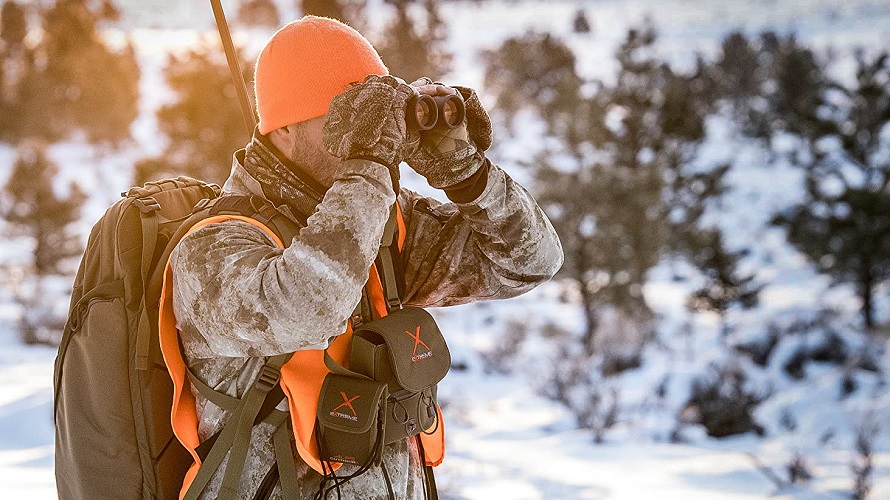
Source: digitalcameraworld.com
Benefits of Binocular Carrying Harnesses
If you don’t want to miss out on the opportunity to fully enjoy the views and the treasures of nature, you can get a quality binocular carrying harness that will help you carry your binoculars comfortably by distributing the weight and protecting your neck and back. Aside from being a great asset for comfort, bino harnesses will ensure that you are going to use your binoculars, because the discomfort of carrying them around your neck may force you to tuck them away in your backpack, for instance.
Furthermore, aside from comfort, they serve another very important purpose. Binoculars come in a wide range of prices, and regardless of whether you have a very expensive high-end pair, or you have a regular, less expensive pair, with prices ranging from 250$ and above, it makes sense that you would want to protect them and use them for as long as possible. Falls and impacts aren’t the only things you need to protect your binoculars from. Some bino harnesses are made to protect your binoculars from water as well, which can be crucial for their longevity.
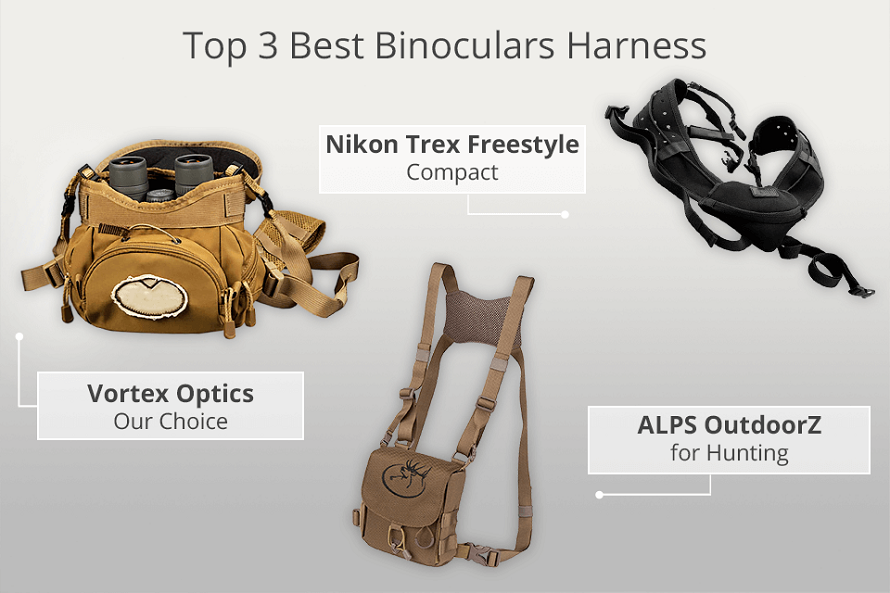
Source: fixthephoto.com
Types of Binocular Harnesses
There are many different types of binocular harnesses, most of which are strapped on your shoulders, keeping the binoculars safe on your chest while you hike, hunt or walk in the woods. Bino harnesses should be comfortable, durable, as well as provide easy access and support. Some types also offer glass and weather protection. Other harnesses can feature a pouch safely held in place by strong magnets. A good binocular carrying harness will also allow for easy access to your binoculars. Furthermore, there are models that have additional compartments to carry other accessories.
Different bino harnesses may be best suitable for different types of nature adventures. Namely, if you are a hunter, you can find models that are designed specifically for this task. For instance, a binocular harness for hunting may feature compartments for ammo, and they can be designed to eliminate any noise.
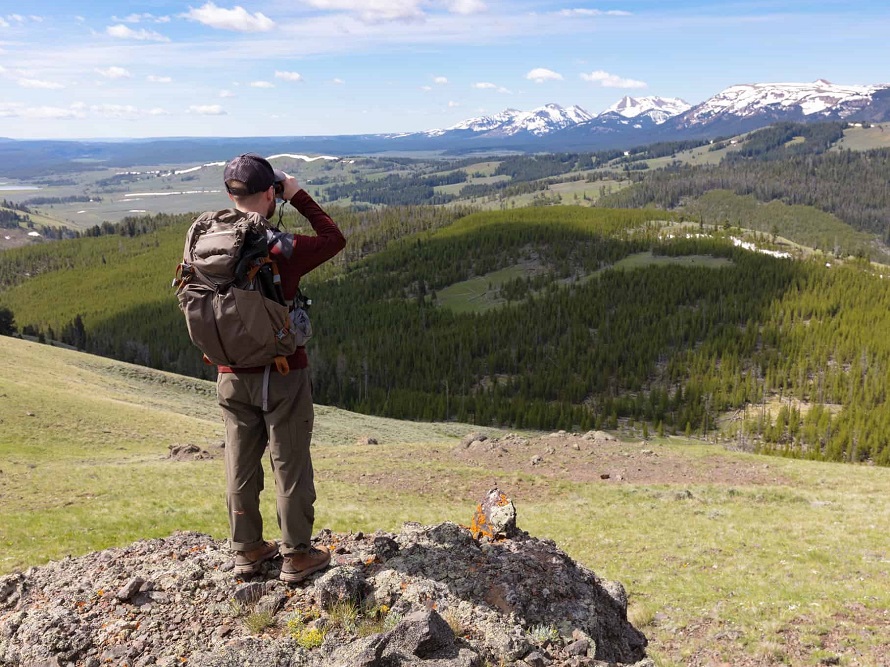
Source: deepertrails.com
Do you Need Binoculars for Hiking?
It´s true that while binoculars are essential equipment for hunters, wildlife watchers, etc., hikers, backpackers, bushcraft enthusiasts can do without them. Nevertheless, if you don´t have a pair, knowing all the benefits and convenience they offer will convince you that getting one is definitely a great idea. Securely strapped on your chest in a bino harness system, your binoculars can completely change your outdoor experiences.
There are many models and brands of binoculars on the market. Your choice will mainly depend on what you need them for, your preferences for weight and optical quality, as well as your budget. Different models also fit your face differently, and some may feel better in your hands and on your eyes than others.
And like with any other piece of hiking equipment, when you are looking for binos, one of the main things to focus on is their weight, because, as you know, less weight is crucial for comfortable hikes. So, the weight should be acceptable to you, because to really use them, you will carry them on your shoulders, and even with a very comfortable binocular chest harness – they will add to the load. Furthermore, you should also take their size into account. Getting compact binoculars will give you more comfort and freedom.
Binocular performance is identified with two numbers, one indicating the magnification and the other one the lens diameter. A bigger diameter will provide a brighter image, but will also make the binos heavier. So, what you are looking for is a good compromise between clarity and weight, the most ideal ratio, if the clarity is your objective, is 1:5 (7×35, 8×40, 9×45, 10×50). Nevertheless, if light weight is your priority, a ratio of 1:3 is acceptable.
Binoculars suitable for backpacking and hiking typically come with an objective lens diameter of between 25mm and 35mm and with magnification between 7 and 10, with a ratio of 1:4. This is because binoculars with a lens diameter of less than 25mm will most likely provide a poor field of view, as they won’t have sufficient light gathering ability, whereas binoculars with diameters of over 35mm while providing the better image, will be too heavy for backpacking.
Another specification that indicates that a pair of binos are of good quality is their focus. The closer the focus – the better. To ensure durability, they should be waterproof and fog-proof. Furthermore, binoculars can be made with plastic, aluminium and magnesium frames. Metal frames make for sturdier binos, while magnesium frames are lighter.


